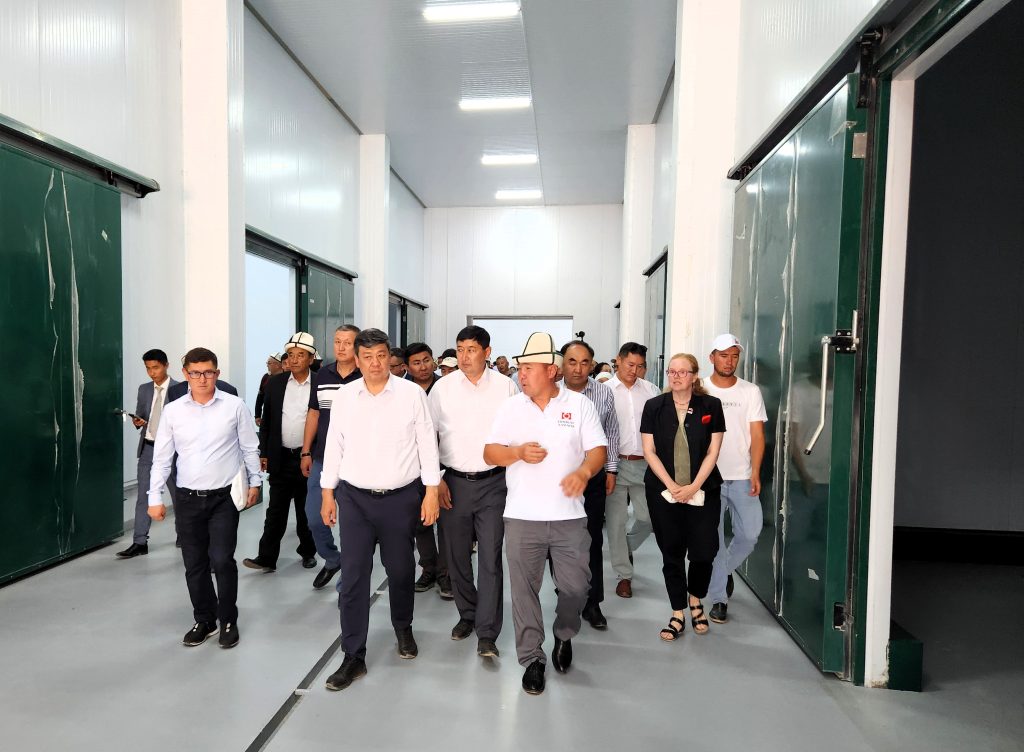Cold storage warehouses use various technologies to manage inventory, monitor the condition of products and ensure compliance. These include thermometers for taking manual QA measurements and data loggers to track LTL and FTL shipping in transit, and WMS software for centralized data collection.
Planning for contingencies is essential to protect against disruptions in operations like transportation delays and power outages. It is essential to establish a plan with transportation companies ahead of unexpected events.
Operational Considerations
The processes associated with cold storage requires a great deal of planning. For instance, it is crucial to set up and maintain a routine for inspections and maintenance. It will help ensure that possible problems are resolved quickly to prevent product loss or contamination.
Furthermore, it is essential to ensure that staff have been properly trained and prepared to work in cold temperatures. This includes proper gloves and boots that are insulated. When temperatures are cold it is essential that all electrical equipment such as lift trucks and handheld scanners function properly. Batteries in particular do not work well in low temperatures. They can cause electrolytes to freeze, resulting in reduced capacity.
It is also important to work with an 3PL provider with expertise in the field of cold storage management. They can assist you in finding the best facility that meets your requirements as well as offer additional supply chain services like product labeling and fulfillment management. These advantages can aid in reducing costs and streamline your operations. They will also assist you to ensure compliance with industry standards and regulations. The firm will have a large network of properties available as well as the equipment needed to satisfy your requirements swiftly.

Control of Temperature
Cold storage facilities must maintain strict environmental controls to ensure maximum effectiveness and efficiency. This means maintaining a the precise control of temperature, since perishable goods are exposed to high temperatures while being transported and stored and stored, which puts them at risk losing their nutrition value, look and flavor.
It is crucial to strategically place temperature monitoring equipment throughout the cold storage facility in order to obtain real-time data on temperature and humidity. They could also trigger alarms if these parameters deviate from the pre-set levels. This allows distribution companies to be in compliance with regulatory and quality standards while minimising product spoilage.
Furthermore, workers at a lam kho lanh warehouse should be taught the importance of monitoring temperatures and properly handling the products. It is important to establish and adhere to a regular routine of inspections be it monthly, weekly, or daily. This will help address potential problems quickly and efficiently. Furthermore, an inventory system that is First-In-First-Out management system can help minimize loss by ensuring that the older items are utilized before newer items.
Inventory Management
Cold storage warehouses keep products at a specific temperature at the point they are made until they are delivered to their customers. This requires effective tracking and management to avoid production waste, cut down on the cost of energy and guarantee the efficiency of operations.
This means implementing advanced tracking systems, enhancing warehouse layouts, and implementing just-in-time practices for inventory to increase visibility. It also means leveraging robots and automation in order to lower labor costs and increase productivity. Also, it involves conducting regular cycles counts and audits to ensure accuracy of inventory and conformity to regulations.
Warehouses should also be equipped with a contingency plan to handle any unplanned operational disruptions, for example, delays in transportation or equipment malfunctions. It could be that they have spare parts forklifts or a backup supply of refrigerated trucks to handle any issues swiftly. To minimize the risk, it could be essential to set up a system to manage inventory on an “first-in-first-out” basis. If products spoil, warehouses can switch to other inventory quickly, avoiding costly products being wasted or recalls.
Facility Design
Cold storage facilities need strict temperature control to ensure quality, especially for items which need to be fresh and in good shape. This requires specific insulation materials that are able to withstand frigid temperatures and keep the interior at an optimum degree.
Energy savings are an important aspect to consider. Since cooling air is more expensive than heating it cold storage warehouses need to have efficient building design and automated systems that reduce energy usage.
Other crucial aspects to consider include food safety laws, which must be strictly adhered in order to avoid recalls of products and the ramifications for legal issues. Location is important, because it should be close to transportation hubs in order to minimize shipping costs and guarantee timely delivery.
The layout of the storage rooms is another important aspect of warehouse design. Certain fruits and vegetables produce the gas ethylene which can trigger the ripening or spoilage of other items. It is therefore necessary to store items in different rooms. Warehouses need to be spacious and tall in order to maximize storage space, and to facilitate the management of inventory.
Energy Efficiency
For businesses that deal with temperature-sensitive products, energy efficiency is a big concern. Investing in the best cold storage management practices, such as automated processes, reducing heat exchange, utilizing the appropriate equipment, and maintaining up-to-date records can help save a substantial amount of energy. These upgrades won’t yield immediate results but in the long run, they’ll pay off.
Additionally, selecting the appropriate refrigeration system and optimizing its operation can help reduce energy consumption at cold storage facilities. Thermal energy storage systems (TES) like they can help reduce energy consumption profiles, and reduce electricity costs by storing cooling capacity during periods of low demand. Incorporating renewable energy sources could enhance energy efficiency.
Regular performance benchmarking and staff training is another option to increase the energy efficiency of Cold Storage. This will ensure that the facility’s operators are aware of energy-saving opportunities and are able to optimize system settings. This can encourage an environment that is built on constant improvement and it can cultivate an attitude of accountability among staff to meet the sustainability targets.